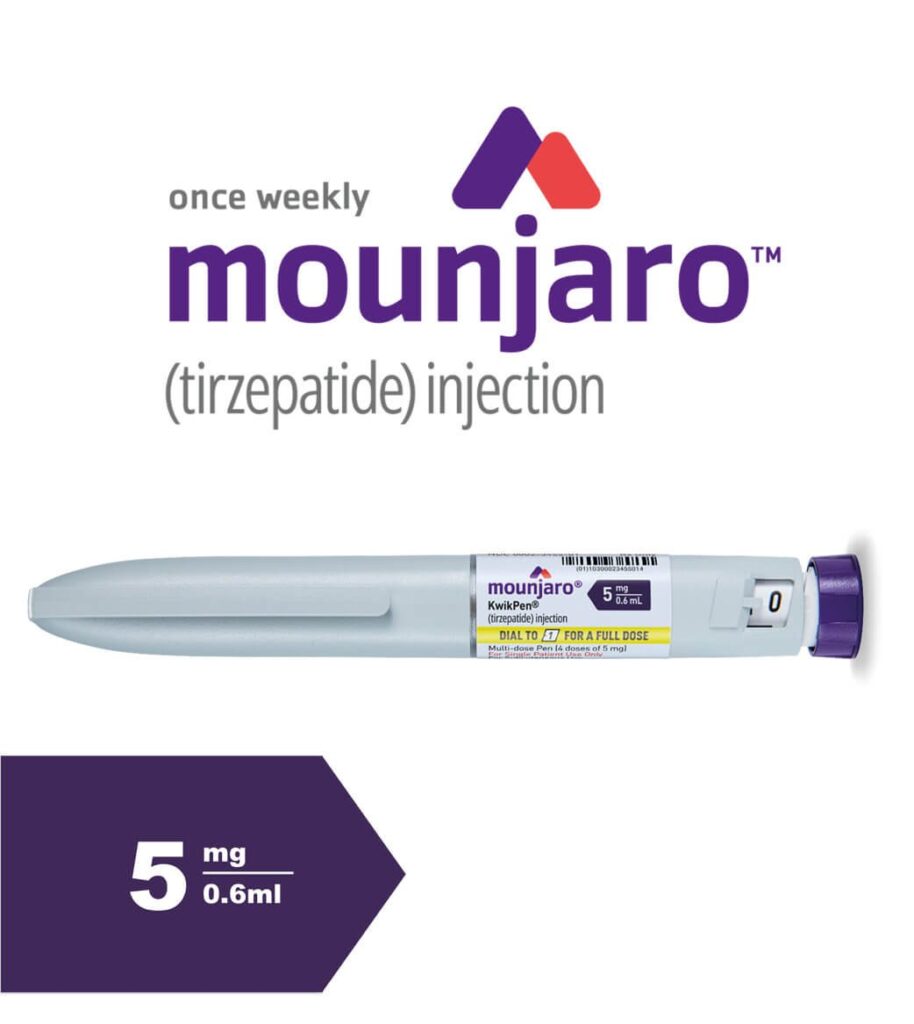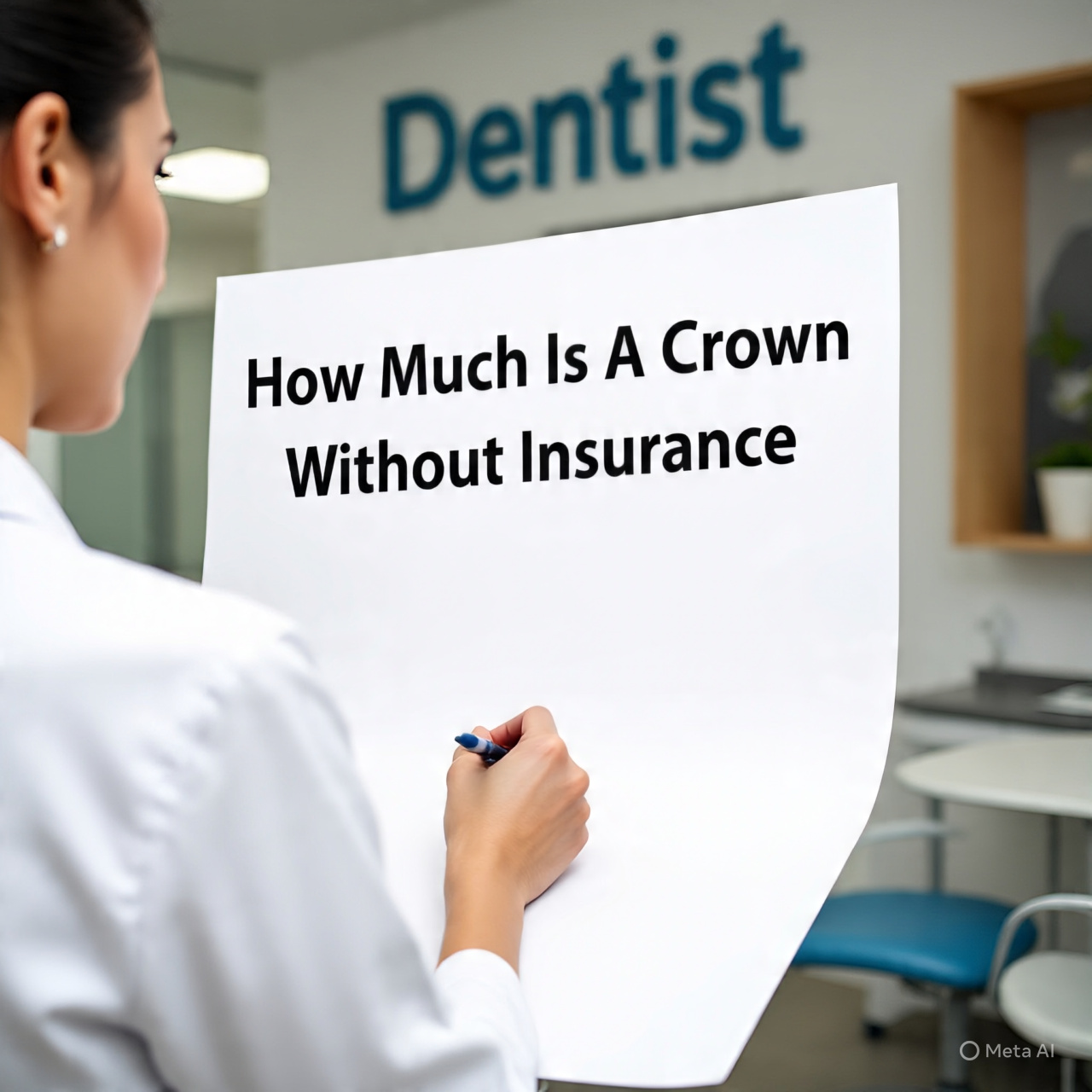Dental health is an essential part of overall well-being, yet for many people, the cost of care—especially without insurance—can be a significant concern. If you’re dealing with a cavity or have been told you need a filling, you’re probably wondering, “How much does a filling cost without insurance?”
We’re here to offer clear, practical guidance so you can make informed decisions about your dental care without stress or confusion. In this post, we’ll break down the average costs, what factors affect pricing, what types of fillings exist, and how you can manage dental expenses if you don’t have insurance.
The Short Answer: Average Cost of a Filling Without Insurance
On average, the cost of a dental filling without insurance ranges from $100 to $500 per tooth, depending on various factors such as the type of material used, the size of the cavity, and the location of the dental practice.
| Type of Filling | Average Cost (Per Tooth) |
|---|---|
| Silver amalgam | $100 – $250 |
| Composite (tooth-colored) | $150 – $400 |
| Ceramic (porcelain) | $300 – $600 |
| Gold | $300 – $900+ |
Factors That Influence the Cost of Fillings
Understanding the variables involved can help you plan and avoid surprises when you receive your dental bill.
1. Type of Filling Material
Different materials have different costs due to durability, appearance, and labor involved:
- Amalgam (Silver Fillings): Less expensive, highly durable, but more visible.
- Composite Resin: More natural-looking and commonly used for front teeth, but slightly more expensive.
- Ceramic/Porcelain: Tooth-colored and stain-resistant, but the priciest among non-metal options.
- Gold Fillings: Rarely used today due to high cost, but extremely durable.
2. Tooth Location
Fillings on molars or hard-to-reach teeth may cost more due to complexity and the need for more material.
3. Size and Depth of the Cavity
A small, shallow cavity will be cheaper to fill than a deep or large one that approaches the tooth’s root.
4. Geographic Location
Where you live plays a big role. Dental care in urban areas or high-cost-of-living regions like New York or San Francisco tends to be more expensive than in rural or suburban areas.
5. Dentist’s Experience and Equipment
Practices that use advanced technology or have highly experienced providers might charge more, but they may also provide more efficient or longer-lasting care.
What If You Can’t Afford a Filling?
If you’re uninsured, a $300 dental bill can feel overwhelming. But don’t lose hope—there are ways to access the care you need without sacrificing your health.
1. Dental Discount Plans
These are membership-based programs where you pay a monthly or annual fee to receive reduced rates at participating dentists. They can cut costs by 10%–60% on various procedures, including fillings.
2. Dental Schools
Dental schools offer supervised treatment by students at significantly reduced prices. While appointments may take longer, the care is closely monitored by licensed professionals. Use the ADA’s tool to find a dental school near you.
3. Community Health Clinics
Federally Qualified Health Centers (FQHCs) and nonprofit dental clinics often offer sliding-scale fees based on income. The Health Resources & Services Administration (HRSA) can help you find a clinic in your area.
4. Payment Plans and Financing
Many dental offices allow installment plans or partner with financing companies like CareCredit. This can make a filling more manageable by spreading payments over time, sometimes with low or no interest.
5. Preventive Care to Reduce Costs
Cavities are preventable. Regular brushing, flossing, fluoride toothpaste, and avoiding sugary snacks can go a long way. If cost is a barrier to routine checkups, explore free or low-cost preventive care days in your community or ask about cleaning packages.
Why You Shouldn’t Delay Getting a Filling
It might be tempting to postpone care due to cost, but delaying a filling can lead to more severe—and more expensive—issues down the road. What starts as a minor cavity can escalate into:
- Tooth infection requiring a root canal ($700–$1,500+ without insurance)
- Tooth extraction and possible replacement with a dental implant ($3,000–$5,000+)
- Jawbone loss or gum disease, affecting overall health
Early intervention not only saves money but also prevents pain and potential complications.
Tips to Get the Best Price on a Filling
If you’re looking to minimize the cost of your filling without compromising quality, here are some helpful strategies:
- Request a Detailed Quote: Ask your dentist for a written treatment plan that outlines costs. Don’t be shy about comparing rates from other providers.
- Ask About Alternatives: In some cases, temporary fillings or lower-cost materials may be an option until you can afford a permanent fix.
- Negotiate: Especially at private practices, some dentists may offer discounts for upfront payments or if you’re paying cash.
- Review Local Dental Boards or Charities: Some states have dental access programs or charitable foundations offering care to those in financial need.
A Word on Transparency and Trust
It’s completely valid to feel stressed about healthcare costs, especially when you don’t have insurance. At its heart, dental care is about you—your comfort, your health, and your confidence. Don’t let embarrassment or worry stop you from seeking care. Dentists understand financial concerns and, more often than not, will work with you to find a solution.
Final Thoughts
So, how much does a filling cost without insurance? It varies—but knowledge is power. With costs ranging from $100 to $500 per tooth, understanding your options can make this essential care more accessible.
The most important takeaway? Don’t wait. The earlier you catch a cavity, the less costly and complex it will be to treat. And remember, resources are available—whether it’s a community clinic, a dental school, or simply having a candid conversation with your provider.
You deserve a healthy smile, and with the right information and support, you can take that first step today.
Disclaimer: This article is for informational purposes only and does not constitute medical or dental advice. Always consult with a licensed dental professional for diagnosis and treatment options.











